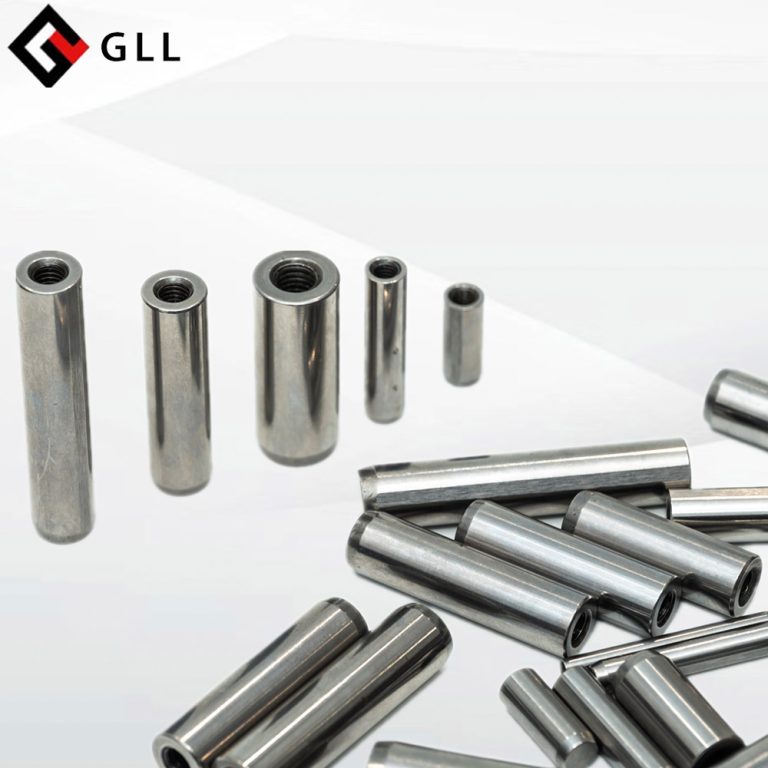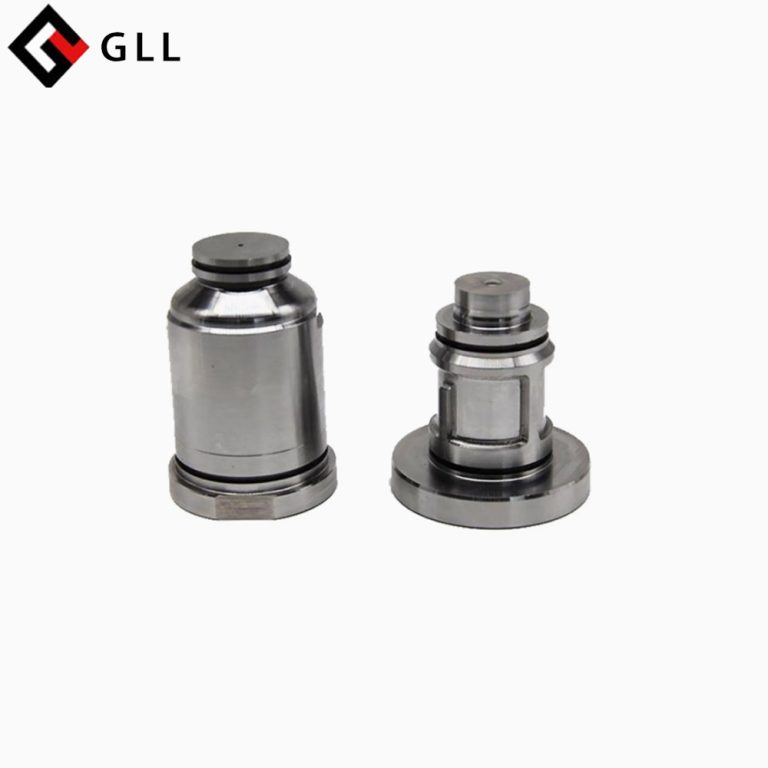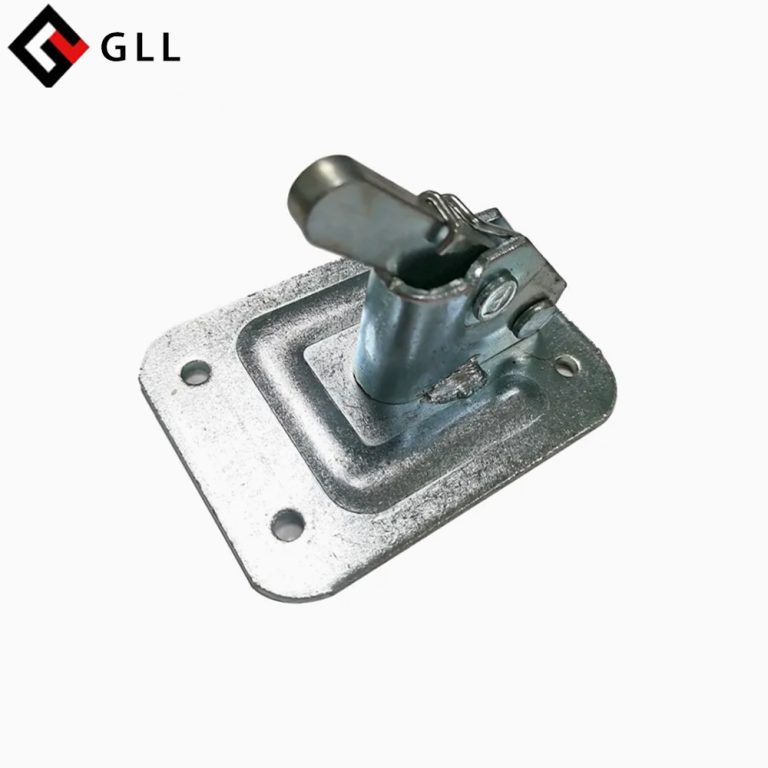Aluminum die casting, like any manufacturing process, can encounter certain defects or challenges that may affect the quality and integrity of the produced parts. Here are some typical defects or challenges that can occur in aluminum die casting:
- Porosity: Porosity is one of the most common defects in die casting. It appears as small voids or gas pockets within the casting due to trapped air or gases during the solidification process. Porosity can weaken the part’s structural integrity and compromise its mechanical properties. Proper mold venting, adequate gating, and optimized process parameters can help minimize porosity.
- Shrinkage: Shrinkage defects occur when the metal solidifies and contracts, causing voids or cavities within the casting. Shrinkage defects typically appear near thick sections or at points where solidification occurs last. Proper design considerations, including uniform wall thickness and proper riser placement, can help minimize shrinkage defects.
- Cold Shuts: Cold shuts occur when two or more streams of molten metal do not fuse properly during the filling process, resulting in incomplete metal flow and incomplete casting formation. Cold shuts appear as visible lines or discontinuities on the surface of the casting. Optimizing gating and ensuring proper metal flow can help prevent cold shuts.
- Surface Imperfections: Surface imperfections can include rough surfaces, pitting, or cosmetic defects on the casting’s exterior. These imperfections may result from issues like poor mold surface finish, inadequate mold lubrication, or metal oxidation. Proper mold maintenance, control of process parameters, and appropriate mold release agents can help reduce surface imperfections.
- Flash: Flash is an excess material that protrudes from the parting line of the mold due to the molten metal escaping during the casting process. Flash can occur when the two halves of the die do not close tightly or when there is excessive metal pressure. Proper die maintenance, precise mold alignment, and appropriate clamping force can help prevent flash.
- Die Wear: Over time, the high pressures and temperatures involved in die casting can cause wear on the mold surfaces. Die wear can lead to dimensional inconsistencies, flash, or other defects. Regular maintenance, proper mold materials, and appropriate cooling techniques can help minimize die wear and prolong mold life.
- Warpage: Warpage refers to the deformation or distortion of the casting from its intended shape. Warpage can occur due to non-uniform cooling or excessive residual stresses in the part. Proper cooling techniques, optimized gating, and appropriate design considerations can help reduce warpage.
- Die Casting Tooling Cost: Developing and maintaining the die casting tooling can touch upon significant upfront costs. The complexity and size of the part,also the desired precision and surface finish, can influence tooling costs. Design for manufacturability, including simplicity and ease of tooling, can help manage tooling costs.
Addressing these defects and challenges requires a combination of careful design considerations, process optimization, and continuous quality control measures. Collaborating with experienced die casting professionals like Gll Casting factory , and performing thorough testing and inspections can help identify and mitigate potential defects or challenges in aluminum die casting.



